
A few weeks ago I published a post on blockchain collectibles, offering a primer on NFTs (non-fungible tokens) and exploring some factors, notably alignment with mission and values, that might inform a museum’s discussion about whether and how to engage with the booming NFT market. Today on the blog, Carol Summerfield walks us through how The History Center of Lake Forest-Lake Bluff (where she is Executive Director) and the Museum of Broadcast Communications (where she is a board member) came to different conclusions after assessing whether NFTs were a good fit for their operations.
—Elizabeth Merritt, Vice President, Strategic Foresight and Founding Director, Center for the Future of Museums, American Alliance of Museums
When I was first approached about NFTs, my level of knowledge was zero. While on the Zoom call with the person who reached out about them, I surreptitiously Googled what they were. But nonetheless it was quickly clear that they had potential value as a new revenue stream for museums.
My first reaction to NFTs was like the one I had to condos in the 1980s. My thought was, “Who would want to buy property that doesn’t sit on land? You literally own airspace.” NFTs seemed like the airspace of art. But eventually I realized they were really just a digital version of collector materials that I do understand: baseball cards, comic books, coins, stamps, etc., which people own because they love them, see value in them, trade them, and talk about them. In this way, NFTs hook old human behavior into new technology.
This understanding is what ultimately motivated me to get involved, though I recognize it is not the end of the calculus museums need to make. There are deeper questions about the merits of crypto tech to consider, but I am not going to weigh in on those here. For a primer on those, you can read Elizabeth’s post on “NFTs, Cryptocurrency, and Museum Practice.”
My exploration of NTFs began with a conversation with Chris Cummings at Pass It Down, who built the digital solution for our touchscreens at the History Center of Lake Forest-Lake Bluff, a local history museum in suburban Chicago. He’s been a strong vendor partner since, helping to innovate and update the tech over the past three years to match my requests for nimble digital exhibits. When he decided to expand to NFTs with a subsidiary company, Iconic Moments, he called me to gauge interest, both for the History Center and for the Museum of Broadcast Communications, where I am a board member.
In deciding whether to get into the NFT market with Iconic Moments, for one institution the answer was yes; for the other it was a no.
I can outline what we discussed that got to those divergent answers:
- Should we be in this marketplace? How do we maintain brand integrity if we do this? How do we build NFTs in line with our mission? And how do we know that the marketplace we are in will be in line with our brand standards? To the last question, we decided that by going with a marketplace only focused on cultural institutions, we could at least limit the risk by association that we would face in the broader open marketplace.
- Do we have the materials and the time to make this work? This one boiled down to identifying what it would take to identify items from the archives and turn them into something that might be of value in the new digital marketplace. There were two components to this: the labor to identify assets (and to validate that we had the rights to do this) and the technology needed to digitize the asset once it was cleared. With Iconic Moments, the cost model works like a book contract: they will create the NFTs for us, once we identify the materials, and cost comes out of future sales. In other words, the risk is zero in terms of dollars spent. There’s still labor involved, but we aren’t writing a check. That made part of the decision easier.
- Does our audience want this? This was like the conversations we have around what we offer in our gift shop. Does this further our museum’s mission and theme? Will it sell, or are we going to be sitting on items that need to be discounted? At least for NFTs, we aren’t storing products in a closet. But it’s a more public form of sale, and if it doesn’t sell our audiences could notice, and it could diminish our museum’s reputation.
- Does the existing NFT audience want this? The predominant market for any NFT you sell at this point is likely to be people who are already in the market, and that may not be an audience who participates in your other offerings. Would your hypothetical NFT product be suited to their tastes and interests, or would it be a mismatch?
- Should we do this right now? This is always the great dilemma with trying something new. Do we want to be the early adopters and wade in first? Or do we want to see how it goes for others then follow, risking that we get in when there’s a ton of competition for buyers?
For the Museum of Broadcast Communications, the answer was to get into the marketplace right now. First because we have a large archive of materials that have a built-in national audience, from radio clips to early television imagery, and we were already in the process of digitizing these collections. Secondly because we know we have an audience of collectors. Many of them collect for nostalgic reasons, and one of our goals is to move them from that nostalgia into deeper historical context. The NFTs became an opportunity for informal education of this sort, thanks to the text panels on the Iconic Moments site that let us give the history of an item. We also believed that collectors would want to buy something that they knew benefited the museum, even if they weren’t familiar with us. By getting something with our logo and message, they would be contributing to the future of the museum. The NFT marketplace could also expand our audience to younger, more digitally savvy buyers, who are interested in broadcast media both old and new. NFTs are a nice intersection of the two.
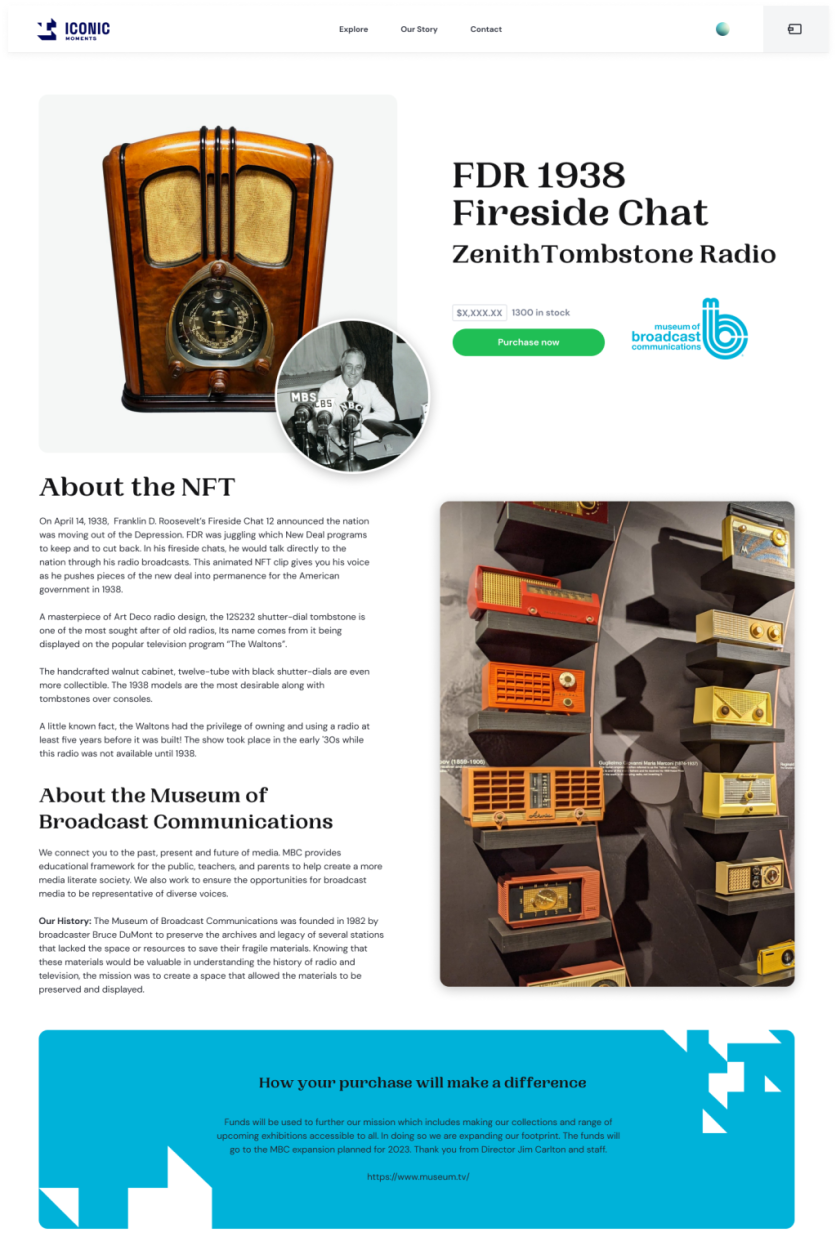
For the History Center of Lake Forest-Lake Bluff, the answer was no, for now. We have a regional audience. And while the stories we tell are emblematic of broader American history, covering topics like suburbanization and immigration, those aren’t usually collector topics or materials. While we have an amazing map collection, wonderful photographs, and engaging letters and diaries, our audience for them is narrow. There may be a market for our digital holdings eventually, but it isn’t there right now.
For each museum, the right decision will be driven by the answers to the questions above. But I would advise others to begin asking them either way. The NFT world is here and, in all likelihood, it’s here to stay.
Skip over related stories to continue reading article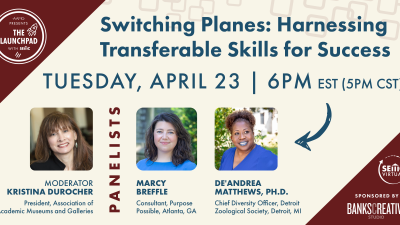



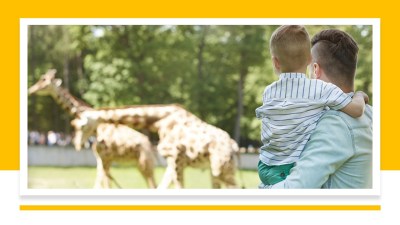

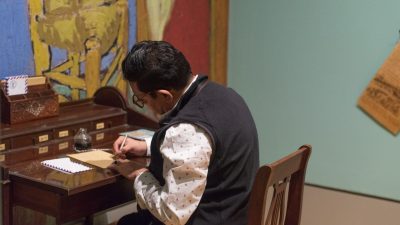
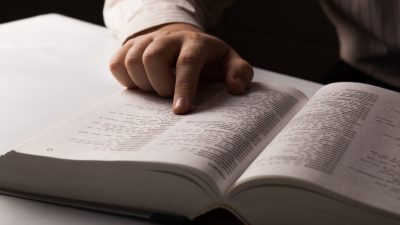
Comments